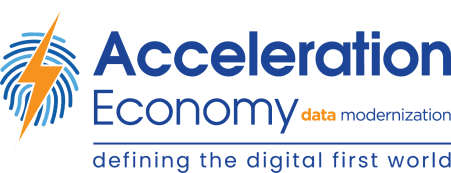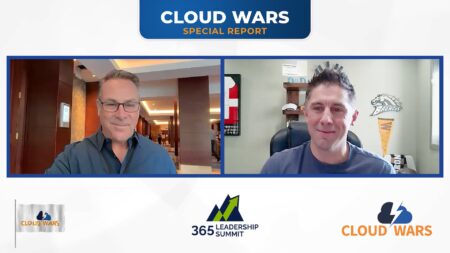
Imagine the following situation: You want to modernize a critical department like legal at your company and implement an impactful digital transformation. This hypothetical legal department has many documents, strict compliance requirements, and access to a large volume of customer data, contracts, financial records, human resources data, and much more. It also does everything manually and needs to automate processes and apply artificial intelligence to its unstructured data.
Your company decides to hire a senior data scientist who is experienced with text analytics and big data technologies as well as multiple programming languages and frameworks. After a few months of interviewing multiple candidates, one is selected and starts work at a yearly compensation 50 percent higher than the average in the state.
What Happens Next . . .
Six months after onboarding, the ideal candidate leaves the job citing:
- Too much time working with Excel spreadsheets, filling PowerPoint pages, and copying and pasting Excel charts.
- Too many meetings listening to everybody defending their place and “their data” with a low willingness to share or make data accessible.
- Struggling to maintain three old dashboards made with outdated tools.
Compensation was not an issue, the proposed job was not an issue, and the challenge was not an issue. The real issue was that every time this data scientist spoke to a member of the team, from the vice president to the operations manager, instead of being treated like a data scientist, they were treated like an individual who analyzes data in Excel and prepares PowerPoint presentations with charts. Additionally, the director of analytics didn’t know what a relational database was and made infrastructure and technology decisions listening to what other organizational departments and leaders said rather than what the data specialists recommended.
This story is real, and it happened to me. It is also the story of many colleagues in the data science and artificial intelligence field.
Join us on October 27, 2022 for Acceleration Economy’s Data Modernization Digital Battleground, a digital event in which four leading cloud vendors answer questions on key considerations for updating data strategies and technology. Register for free here.
Why Data Scientists Leave
Did you know that “lack of employee engagement” and “the gap between reality and expectation” are the top two reasons why data scientists leave companies?
There are many reasons why employee engagement falters and the gap between reality and expectations happens, but based on the job offers that I have received, and after reading many job descriptions, one thing is clear — a large number of hiring managers do not understand the different roles within the data field.
A data scientist is not a data analyst or business analyst; nor are they a business intelligence or data engineer, database manager, or data architect. All work with data, and at scale, but all are different roles.
Part of the problem is the amount of content about big data and artificial intelligence generated within the last decade and the blurred lines among the many different fields and specialties when working with data. Many data roles — not all — overlap among themselves but are still very different.
Things get worse when talking about technology stack and platforms. Let me explain. Hiring managers need to be careful when they see “Azure” on somebody’s resume. A data scientist, a data engineer, or a business intelligence professional uses Microsoft Azure, but each in different ways and with different applications.
How to Avoid Misunderstanding Data Roles
There are strict definitions of every single data role anywhere, just as you can find with other professions — like a finance professional, a marketing professional, an accountant, an auditor, or an attorney. These many data roles are the result of the fast-paced, evolving technology landscape.
Here’s how you can gain a better understanding of data roles and avoid a data talent gap.
- Read multiple blogs. Learn from reputable sources about the different roles in data work, and dialogue with multiple data professionals to understand what they do and how they do it. You will find perhaps small conceptual differences among them but large differences in what they deliver.
- Participate in data gatherings and summits. By going to data gatherings and summits, you’ll encounter a large variety of roles and professionals within the data world. You may be surprised by what you find.
- Look internally. Instead of looking for external candidates and professionals, consider re-educating and upskilling your existing workforce. This has enormous benefits as your existing workforce is familiar with the organization’s culture and operations, and they usually know how to solve problems; all they need is technical education in most cases.
- Improve job postings. Perhaps this is the most important recommendation. When posting a data job, describe what needs to be done and what the objectives of the role are, instead of describing the “ideal candidate.” By doing this, instead of only providing, a checkbox list of educational or skill requirements, you will better attract candidates who understand what needs to be delivered.
Want more insights into all things data? Visit the Data Modernization channel:







